Sharing: The Land of Giant Freshwater Prawns in Transformation
Mr. Le Minh Gioi (52 years old, Dong Tranh Hamlet, Vinh Binh Commune) welcomes guests with two plates of giant freshwater prawns boiled in coconut water, bright red and plump:
“There are plenty here. My family farms 100 cong of land, harvesting several dozen tons each year, earning from hundreds of millions to over a billion dong.”
Mr. Gioi is one of the pioneering farmers in Dong Tranh Hamlet to raise giant freshwater prawns locally. More than 30 years ago, he traveled to many coastal provinces such as Bac Lieu and Soc Trang to learn farming techniques, then came back to experiment:
“At first, I raised prawns in pineapple ditches. The prawns were healthy, plump, and looked delicious. Harvested prawns fetched very high prices at the market—even raising them in just a few ditches could earn hundreds of millions.”
From a small area, Mr. Gioi has since acquired over 100 cong of land.
According to veteran farmers in Vinh Binh Commune, although nestled along the Cai Lon River, more than 30 years ago this area could only grow pineapples, coconuts, and some acid- and salt-tolerant crops. Only a few aquatic species could survive in ponds and canals. When mechanization entered the rice fields, farmers began planting one rice crop per year, intercropped with giant freshwater prawns, which proved effective. However, in the early years, they faced obstacles since local authorities prohibited conversion to prawn farming for fear of disrupting land planning and soil quality. Over time, the economic results of giant freshwater prawns proved the need to shift from two unproductive rice crops to the rice–prawn integrated system, especially in brackish-water areas like Vinh Binh.
More than 15 years ago, farmer Pham Quoc Doan (42 years old, Dong Tranh Hamlet) struggled as two rice crops yielded poorly due to salinity, producing empty grains. When the prawn farming movement flourished in Vinh Binh, especially for giant freshwater prawns, he tried raising them in pineapple ditches and achieved great success.

“The prawns here are clean and praised for their taste—firm, chewy, and sweet. When freshly boiled, they turn a beautiful red color, which is highly favored by traders and consumers,” Mr. Doan shared.
According to Vinh Binh Commune leaders, no scientific research has yet explained why prawns here taste better than elsewhere. However, many diners believe the prawns feed on algae, moss, and rice stubble from fields with little chemical fertilizer or pesticides, making them clean and flavorful. Another factor could be the brackish water drawn from the headwaters of the Cai Lon River into the prawn fields, enhancing the firm, sweet, and aromatic quality of the prawns.
Vinh Binh Commune was formed by merging Vinh Binh Nam, Vinh Binh Bac, and Binh Minh communes of former Kien Giang Province. This is a beloved land once celebrated in the vọng cổ (traditional folk opera) “Det Chang Duong Xuan” by playwright Anh Dong, and also a strong revolutionary base during the resistance wars against France and the United States.
Vinh Binh has a natural area of nearly 160 km² and a population of over 30,271 people. The area has great potential in agriculture and aquaculture, particularly giant freshwater prawns. According to local leaders, the commune stocks over 12,000 hectares of prawns annually, with a yield of more than 85,000 tons, including 61,000 tons of farmed prawns—9% above target. Integrated farming models of rice–prawn, black tiger prawn, giant freshwater prawn, and whiteleg shrimp help farmers increase income while adapting to climate change. The commune also has strengths in growing rice, pineapple, cantaloupe, golden melon, and vegetables.
Since the merger, Vinh Binh has developed four markets and nearly 1,000 production and business establishments, creating jobs and stimulating trade. Currently, the commune has 10 cooperatives, 45 cooperative groups, and many products recognized as 3-star OCOP, such as dried shrimp, dried snakehead fish, dried climbing perch, cantaloupe, and dried bananas.
Vinh Binh has transformed rapidly, thanks to investments in rural infrastructure. All hamlets now have concrete roads connecting to the commune center. People’s livelihoods continue to improve, and poverty rates are falling. Cultural, educational, and healthcare sectors are being strengthened, reinforcing people’s trust in Party leadership.

The Commune Party Committee has set a vision for 2025–2030: mobilizing resources to invest in transportation, markets, urban development, culture, and environment, aligned with building an advanced new rural commune. Agriculture will be restructured toward ecological, organic, circular, high-tech, and digital farming. By 2030, the commune aims to achieve a total local production value of more than VND 12 trillion, rice output of over 95,500 tons, aquaculture production of 91,300 tons—including 64,900 tons of farmed prawns. Average per capita income is targeted at VND 86 million, with poverty reduced to below 2.4%.
“The commune is gradually realizing the goal of becoming a livable countryside along the Cai Lon River—where residents enjoy not only material prosperity but also improved spiritual life, preserved cultural identity, and sustainable environmental protection,” affirmed Mr. Vo Thanh Xuan, Permanent Deputy Secretary of the Commune Party Committee.
Source: Nguoinuoitom

Vietnamese shrimp and catfish choose a sustainable path in global competition
End-of-Season Shrimp Prices Reach Record Highs
Norway – Russia Reach Barents Sea Fisheries Agreement for 2026
Cà Mau strengthens traceability to enhance the competitiveness of the shrimp industry.
Cold stress: Effects on the plasma characteristics of whiteleg shrimp.
A new breakthrough in the prevention of diseases caused by the microsporidian parasite EHP in shrimp farming
Vietnam’s shrimp export outlook in the first quarter of 2026 continues to face heavy pressure from tariffs.
New England’s shrimp fishery to shut down for the long haul after years of decline
Crab exports to the United States account for more than 80%.
Thailand sets a target to increase shrimp production to 400,000 tons by 2026.
CTU-RAS: Recirculating Shrimp Farming for Sustainable Development
Vietnamese aquatic products reach new markets









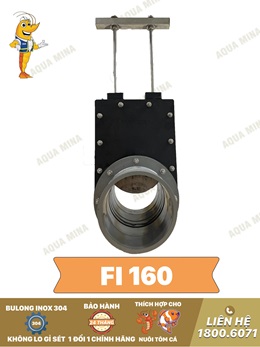





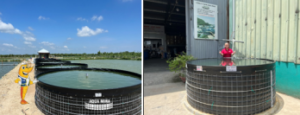
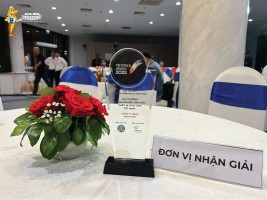
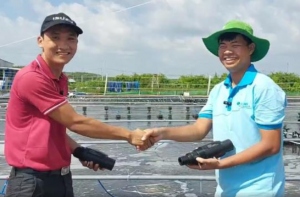
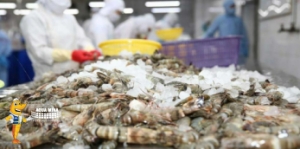
.jpg)